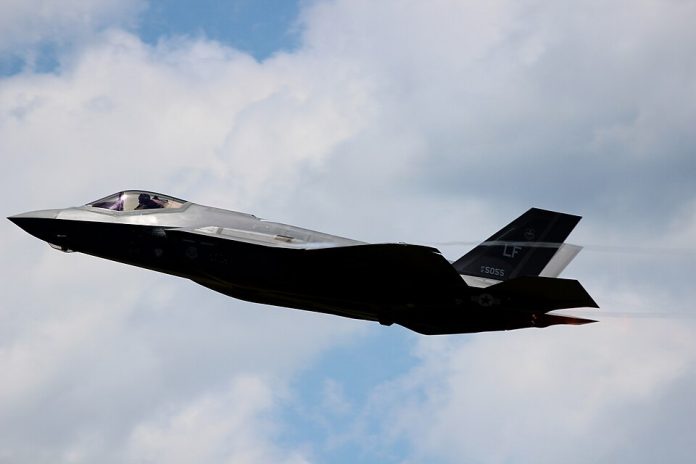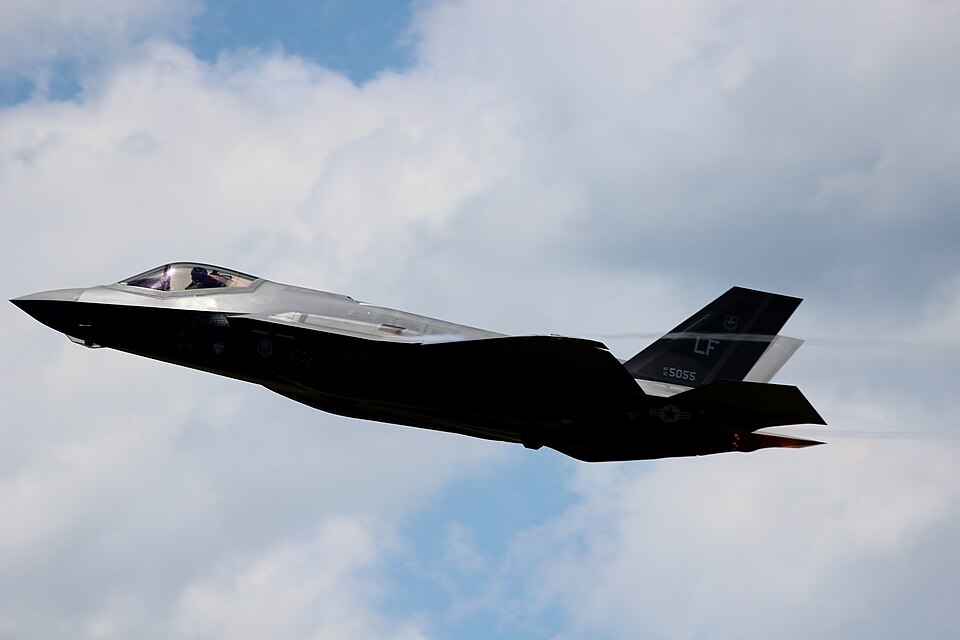
Will Morocco’s leap into fifth-generation airpower tip the balance of North African security? Advanced talks over the Lockheed Martin F-35 Lightning II mark a shift from speculation into what could prove a pivotal era of change for regional military dynamics. If the deal is concluded, Morocco will be the first Arab and African operator of the stealth platform-a sale that has wide-ranging implications for its defense posture and its alliances.
This is pursued against the background of increased tension with Algeria over the status of Western Sahara but also parallel modernization programs on both sides of the border. The F-35 integration into Morocco’s arsenal is going to redefine not just its aerial capabilities but deepen its strategic alignment with the United States and Israel, embedding it deeper into NATO-standard interoperability. Nine key aspects currently shape and define the trajectory and consequences of this procurement.

1. The Scale and Structure of the Proposed Deal
Reportedly, the talks involved more than a $17 billion package involving 32 F-35s, training, and long-term maintenance over 45 years. The negotiations went ahead under the rubric “Israel Qualitative Military Edge,” following consultations in Rabat and Washington. Agreement from Israel, secured at the highest level, removes the last significant political hurdle. The format reflects a lifecycle support model intended to guarantee continuing operational readiness rather than a one-time acquisition.

2. Morocco’s Route to Fifth-Generation Capability
The main variants produced by Lockheed Martin are the F-35A (CTOL), the F-35B (STOVL), and the carrier-based F-35C. Powered by the Pratt & Whitney F135 powerplant, this takes this fifth-generation stealth fighter to Mach 1.6. It features stealth coatings, AN/APG-81 AESA radar, Electro-Optical Targeting System, and Distributed Aperture System. In fact, these would provide Morocco with the low-observable operations, advanced sensor fusion, and precision strike capabilities combined on a single aircraft, placing the Moroccan air force among the most modern fleets within NATO.

3. Integration with Existing Moroccan Assets
This modernization has been gradual: from upgrades to 23 F-16s to the purchase of 24 F-16C/D Block 72 Vipers equipped with APG-83 radar, Sniper targeting pods, and advanced electronic warfare suites. Further growth in ISR capabilities comes via Gulfstream G550 aircraft fitted with Israeli Elta systems and new spy satellites. Interoperability between these platforms and the F-35 would make training and mission planning easier. Full operational capability can then be achieved around 2035.
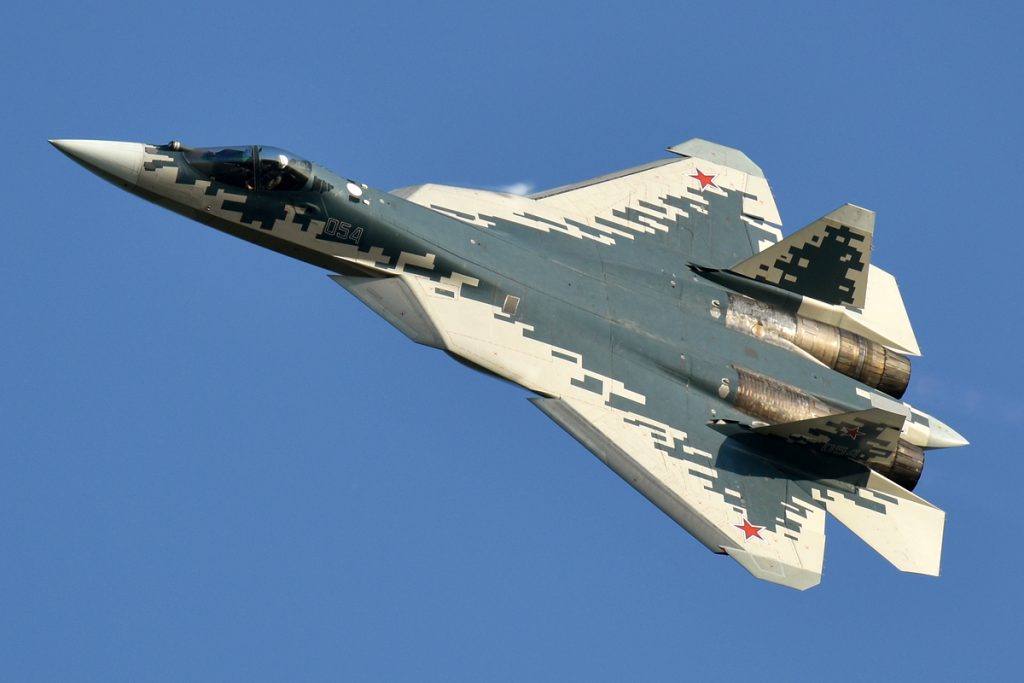
4. Algeria’s Su-57 and Su-35
Offset Modernization: Algeria is set to add 14 Su-57 Felon and 18 Su-35 fighters to its current fleet of Su-30MKA fighters. The Su-57 features stealth, supermaneuverability, and long-range engagement without the deep sensor integration and networked warfare capabilities of the F-35. Comparisons have repeatedly identified a ~0.001 m² radar cross-section and superior battlefield networking of the F-35 as a decisive advantage in beyond-visual-range combat.

5. Strategic Alignment with the U.S. and Israel
The deal follows deepening Morocco relations with Washington and Tel Aviv, built upon normalization via the Abraham Accords. There’s also U.S. support, where recent deals include 600 FIM-92K Stinger missiles valued at $825 million, in addition to the delivery of AH-64E Apache helicopters. Israeli cooperation to secure the deal underlines a trilateral defense relationship and places Morocco firmly within the Western defense orbit.
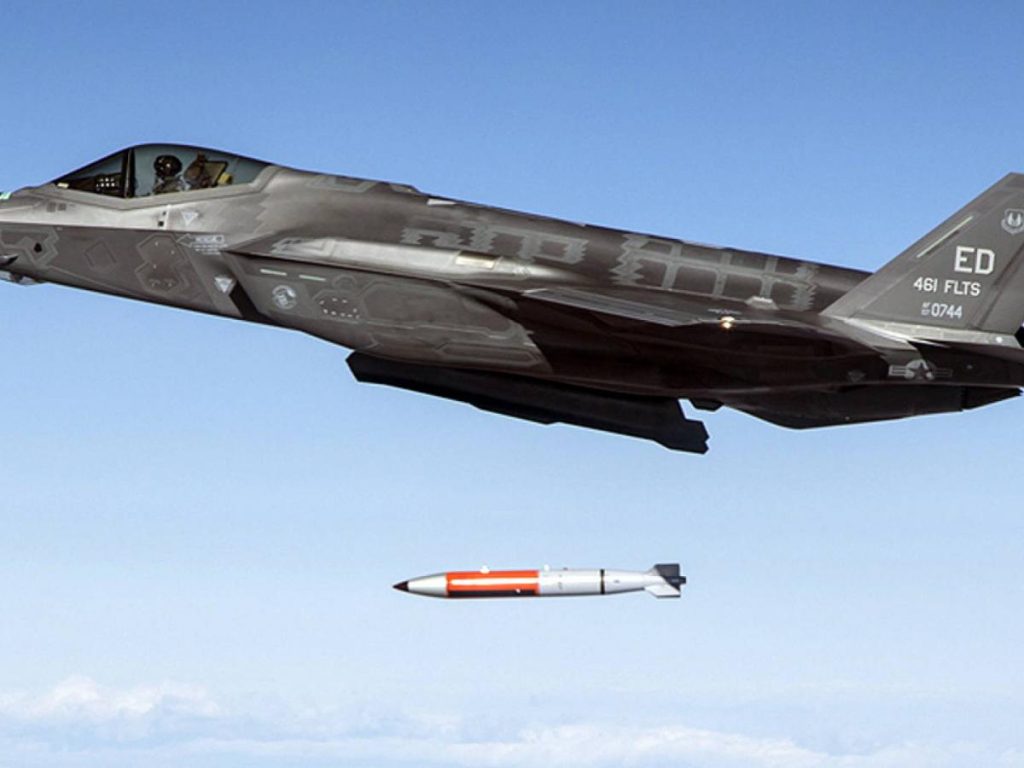
6. Operational Dependencies and Sustainment Risks
Notwithstanding refutation of a dedicated ‘kill switch,’ F-35 fleets depend closely on US-controlled logistics and mission data systems, such as ALIS/ODIN. Capability degrades without access to these. Specialized facilities are required for the maintenance of stealth coatings, proprietary electronics, and mission data files. These result, in effect, in strategic dependencies that Morocco will have to navigate if it is not to be put in a position of vulnerability during times of political friction.
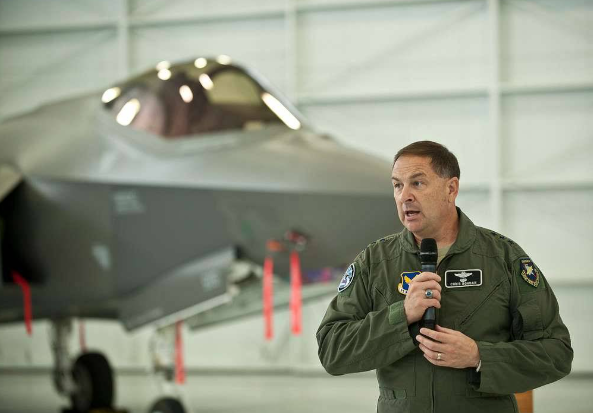
7. Intellectual Property and Sovereignty Challenges
Lt. Gen. Christopher Bogdan has said that limited control by the Pentagon over the F-35’s technical data constrains independent maintenance and upgrades. Key rights remain with Lockheed Martin and Pratt & Whitney, respectively; depot-level work and software modifications will be restricted to Morocco. Currently, only Israel’s F-35I variant operates outside ALIS/ODIN. This is a possible precedent that Morocco may want to try and emulate in order to preserve operational sovereignty.

8. Regional Arms Race and Geopolitical Impact
A buy might accelerate fighter programs across the neighboring states. Egypt is considering Chinese options, the J-10C and the J-31, while Algeria continues to expand its partnerships with Russia. Spain has spoken of Mediterranean power shifts. The entry of F-35s into the region would dramatically change the deterrent calculus, perhaps hastening further the procurement cycle and shifting diplomatic allegiances throughout North Africa.

9. Wider Bilateral Framework
Discussions on F-35s are set within a wider U.S.-Morocco engagement-the so-called 2020-2030 Roadmap for Defense Cooperation, African Lion exercises, and economic agreements like the revised 2006 Free Trade Agreement. All these varied initiatives advance interoperability, industrial cooperation, and dual-use logistics, placing the acquisition of fighters within a multidimensional strategic partnership. Morocco’s pursuit of F-35 Lightning II is not about just some flashy aircraft deal but a strategic turn that interlinks military capability, alliance politics, and regional deterrence. Even while stealth and sensor fusion promise qualitative gain over modernization compared to Algeria’s, operational dependencies and intellectual property constraints underline integration complexities into the U.S.-led defense ecosystem. The result of these negotiations will be one that not only shapes Morocco’s airpower for the coming decades but could redefine the security architecture of North Africa.
